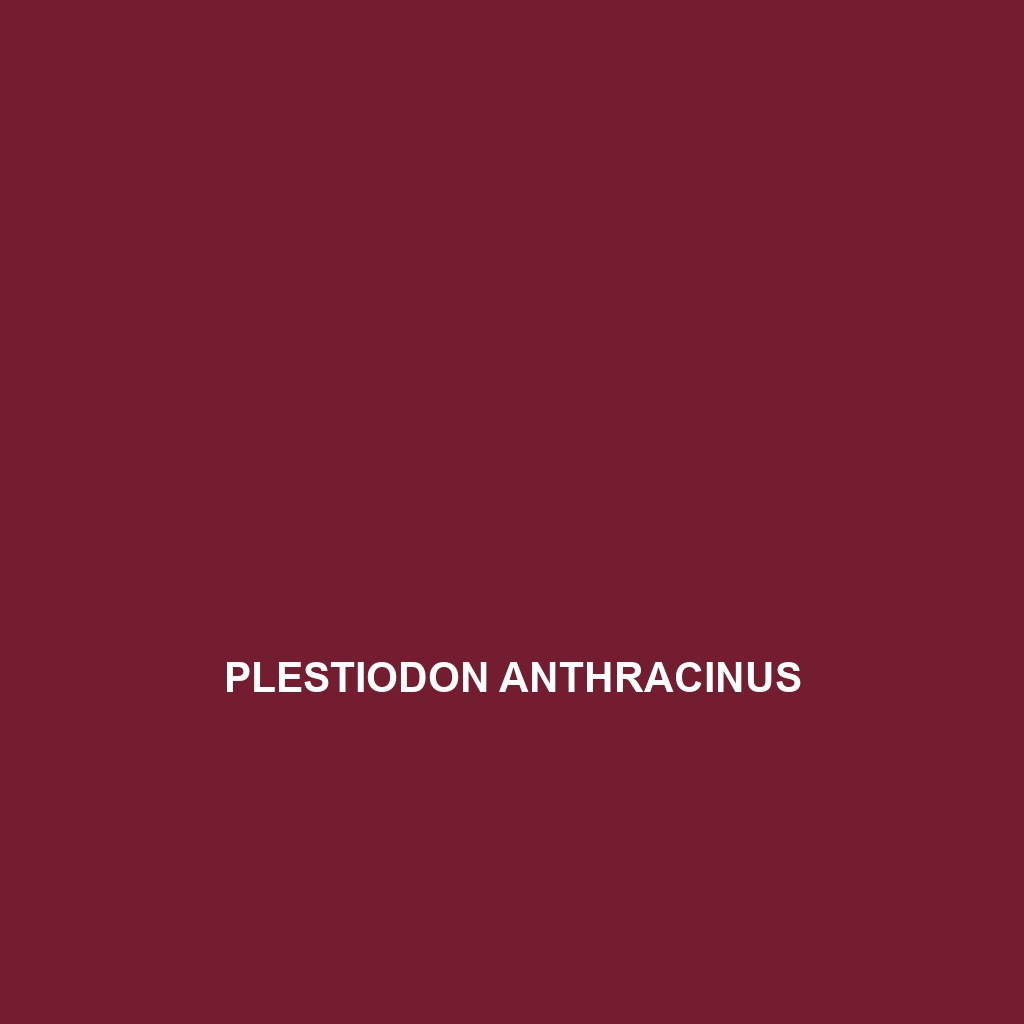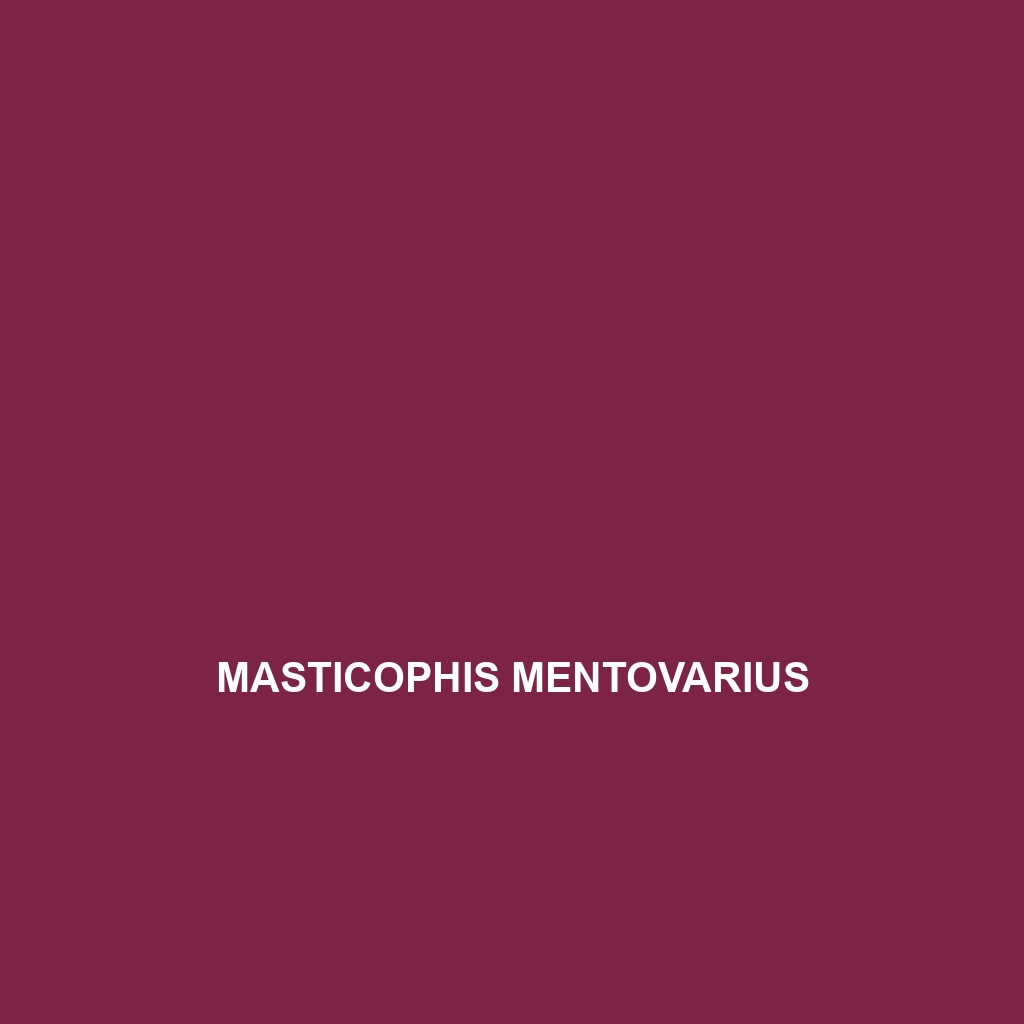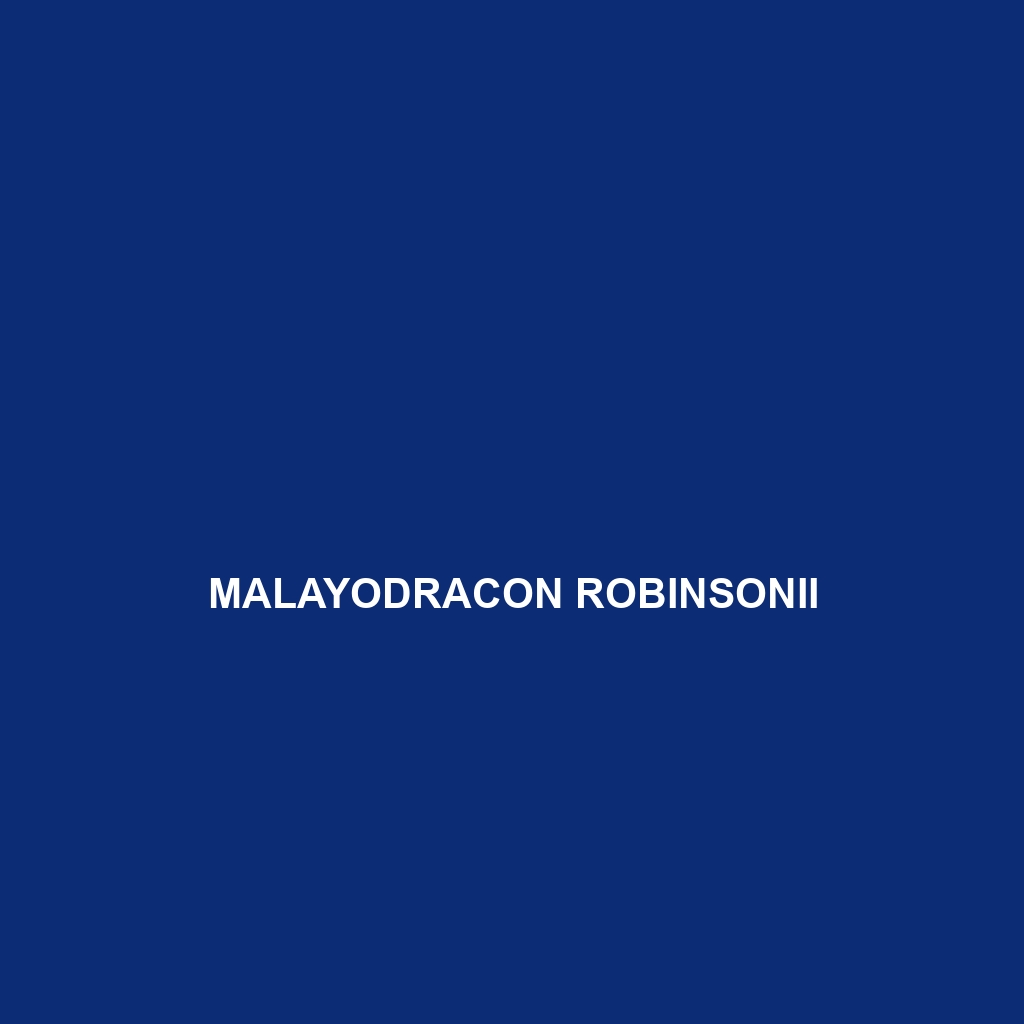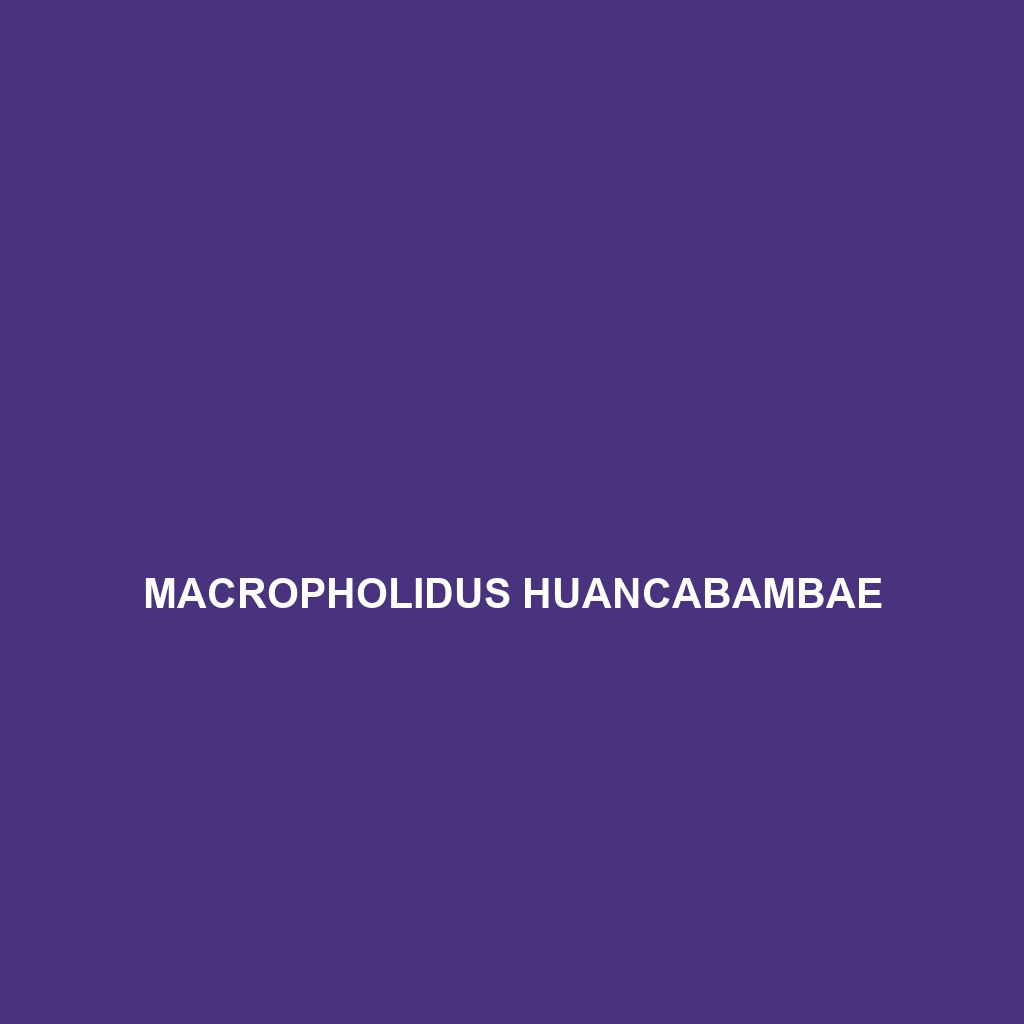Murud Skink (Sphenomorphus murudensis): This medium-sized reptile, native to Southeast Asia's tropical rainforests, features a smooth, glossy body with striking coloration and camouflage to thrive in its humid habitat. Primarily diurnal and insectivorous, the Murud skink plays a vital role in regulating insect populations and contributes to the ecosystem's health and biodiversity.
Tag: species information
Plica lumaria
Introducing the Plica lumaria, a striking species found in the humid tropical and temperate forests of Central and South America. Known for its vibrant throat pouch, robust physique, and nocturnal behavior, this unique insectivore plays a critical role in its ecosystem by controlling insect populations and supporting biodiversity.
Plestiodon dicei
Discover the <b>Dice's Skink (Plestiodon dicei)</b>, a beautiful lizard that thrives in subtropical and temperate habitats of the southeastern United States. With its sleek, glossy body, vibrant coloration, and role as an insectivore, this diurnal species is essential for regulating pest populations and maintaining ecological balance.
Plestiodon anthracinus
<b>Plestiodon anthracinus</b>, commonly known as the coal skink, is a diurnal lizard that thrives in humid habitats across the eastern United States, featuring distinct bluish-black or brownish coloration with bright yellow stripes. These insectivorous reptiles are known for their tail regeneration and play a vital role in controlling insect populations within their ecosystems.
Pelodiscus parviformis
Discover the Asian Softshell Turtle (Pelodiscus parviformis), a fascinating aquatic species native to Southeast Asia, featuring a distinctive flattened body, soft leathery shell, and an omnivorous diet. Known for its unique behavior and critical ecological role, this turtle contributes to the balance of freshwater ecosystems while facing threats from habitat loss and illegal trade.
Parahydrophis mertoni
<h2>Short Description</h2> <p><b>Parahydrophis mertoni</b>, commonly known as Merton's sea snake, is a nocturnal marine predator native to the Indo-Pacific regions, recognized for its streamlined body, distinctive coloration, and ability to thrive in warm, shallow waters near coral reefs. This species plays a crucial ecological role, regulating fish populations while exhibiting unique adaptations such as breath-holding capabilities and skin oxygen absorption.</p>
Mesoclemmys gibba
Discover the fascinating Mesoclemmys gibba (Amazonian sideneck turtle), known for its robust, oval-shaped carapace and unique ability to extend its flexible neck. Found in the freshwater systems of South America, these omnivorous turtles play a vital role in maintaining ecosystem balance while adapting to diverse habitats.
Masticophis mentovarius
<p><b>Masticophis mentovarius</b>, also known as the eastern racer, is a slender and agile snake ranging from 3 to 5 feet in length, characterized by its striking green and brown patterns that provide excellent camouflage. Primarily diurnal, this carnivorous species inhabits temperate forests and grasslands across the southeastern United States, feeding on small mammals, birds, and reptiles, and playing a crucial role in maintaining ecological balance.</p>
Malayodracon robinsonii
<b>Malayodracon robinsonii</b> is a vibrant green, omnivorous species native to the rainforests of Southeast Asia, known for its unique coloration, diurnal behavior, and role in seed dispersal. This vulnerable species thrives in humid environments, exhibiting complex social interactions and elaborate mating rituals in the spring.
Macropholidus huancabambae
Discover the unique Macropholidus huancabambae, a vibrant green serpent native to the rainforests of Peru, known for its slender body, nocturnal behavior, and vital role in maintaining ecological balance by controlling insect populations and aiding in seed dispersion. This vulnerable species showcases remarkable adaptations, including color changes during mating displays and stealthy locomotion among dense foliage.









